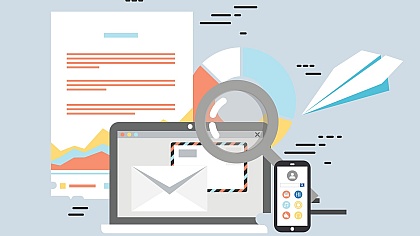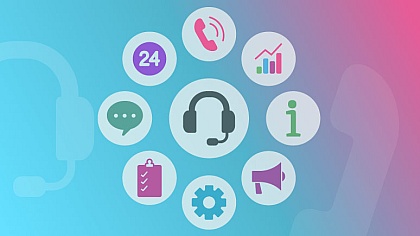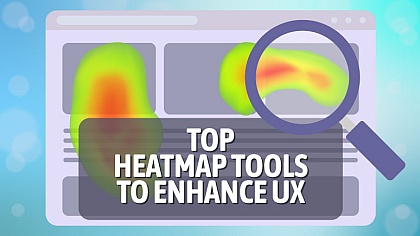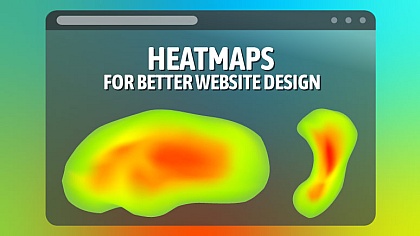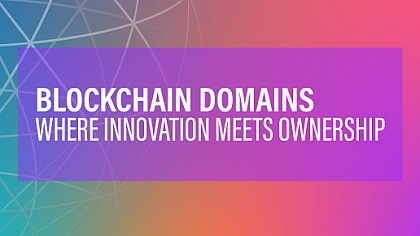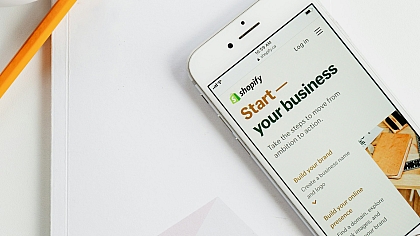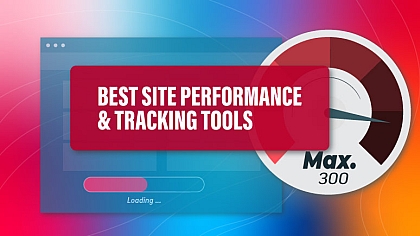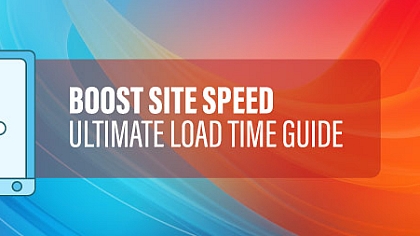
3 Ways You Can Use Digital Tools to Save On Energy Bills
Energy is no longer just about physical infrastructure. Energy suppliers and customers are embracing a whole plethora of digital tools to manage energy more efficiently.
And the good news? As a regular customer, these digital tools can help you save on your energy bills. Here, Dave Roberts, UK MD at energy storage specialist GivEnergy explains how.
Why does energy need digital tools?
Energy used to be a simple game. You’d turn on the electricity and gas, as and when required. Then, at the end of the month, you’d pay your energy bills, accordingly. As for energy suppliers, they would burn fuel to meet demand, as necessary.
Our energy system is changing as the world moves towards net zero carbon emissions. Digital tools are as much a part of this system as physical infrastructure.
Why?
Our energy system is increasingly dependent on time-variable renewables, notably wind and solar. They’re time-variable because you don’t always know when the wind will blow and the sun will shine. In other words, you can’t turn the wind and sun on and off, as and when required.
Add to this the fact that annual electricity consumption is expected to rise. That’s due to the electrification of heating (heat pumps) and transport (electric vehicles).
We need to become smarter about how we balance energy supply and demand. That involves thinking carefully about how and when we store energy, as well as when to discharge that energy to power the grid.
To achieve all this, energy suppliers and customers need to closely monitor energy usage. And this can only be done with digital tools.
The best part?
Achieving net zero with a more digital energy grid can go hand in hand with saving on your energy bills. Let’s find out how.
3 ways you can use digital tools to save on energy bills
1. Smart meters
By the end of 2023, there were 1.06 billion smart meters – for electricity, gas, and water – rolled out globally.
But let’s just focus on smart meters for electricity for now.
What is a smart meter?
A smart meter is a digital device offering real-time monitoring of energy usage. As dependence on wind and solar increases, grid operators need data from smart meters to closely monitor the peaks and troughs of energy usage.
However, smart meters also have benefits for customers.
How a smart meter can save you money
For one thing, smart meter data lets you see your property’s overall electricity usage and how much it’s costing you. This data could be crucial if you’re looking to cut down on your bills.
But beyond this, a smart meter can also unlock access to a greater range of tariffs which are beneficial to you. For instance, with a smart tariff, you can get cheaper rates of electricity at certain times of the day.
Let’s say it’s a particularly windy day and the generation of wind energy is high. This may result in a surplus of wind energy, meaning your energy supplier may look to sell it to customers for cheaper.
At the same time, the grid may also experience times when supply is low and demand is high. In this case, having a smart meter may allow you to save money by reducing electricity consumption at certain times.
Case in point: the Demand Flexibility Service (DFS) in the UK
Operated by the Electricity System Operator (ESO) for Great Britain, the DFS helps deal with grid strain during winter.
During times of peak demand – such as mornings around 6-8 am, and evenings around 4-8 pm – participants can be paid to reduce electricity usage.
During the winter of 2023-24, participants earned £11.9m. Meanwhile, 3.7GWh of energy was delivered.
A smart meter is a must to participate.
2. Smart plugs
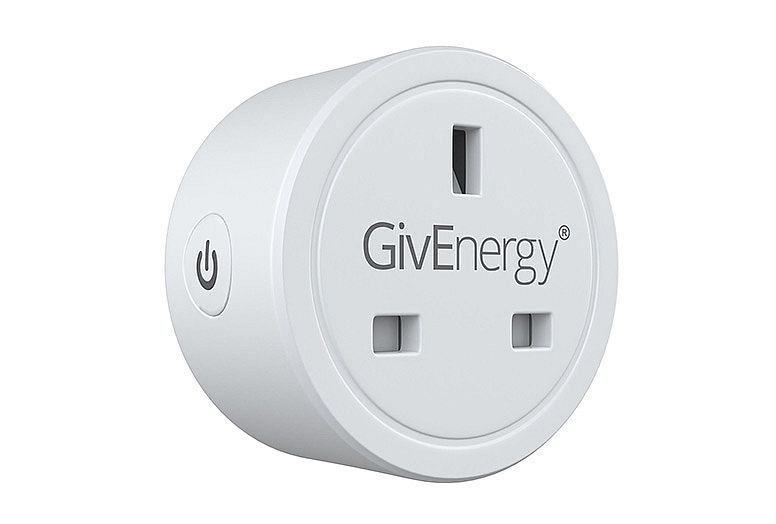
The use of smart plugs in homes is skyrocketing worldwide.
Projections suggest that by 2030, the global smart plug market will be worth around USD 6.6 billion, compared with USD 608 million in 2023.
What is a smart plug?
Whereas a smart meter monitors overall electricity usage, a smart plug monitors the usage of individual devices.
How smart plugs can save you money

Using an accompanying app, you can see how much electricity certain devices are using. In turn, this can help you identify where you could save some money on your bills.
Smart plugs can be particularly good at identifying electricity wasted on ‘vampire devices’.
These are the ones you leave on standby and forget about.
In 2019, UK energy supplier, British Gas conducted research into this exact topic.
They concluded that UK households could save an average of £147 per year on energy bills if they switched off their ‘vampire devices’. (Note the number above is based on electricity prices at the time the research was conducted.)
With many smart plugs, you can not only identify which devices are burning cash but also schedule the devices to turn on and off. The worst offending ‘vampire devices’ included:
- Microwaves (£16.37 per year)
- Washing machines (4.73 per year)
- Printers (£3.81 per year)
- TV clocks (£24.61 per year)
3. Home battery storage

As households increasingly look to become more energy-independent, home battery storage systems are emerging as a key part of the puzzle.
What is a home battery storage system?
A home battery storage system allows you to store energy which you can then use to power your home.
This could be:
- Battery storage with rooftop solar panels – store clean energy when the sun is shining, then use it, as and when required
- Standalone battery storage – charge your battery from the grid when energy is cheaper (such as on a time-of-use tariff or smart tariff), then discharge to power your home when energy is more expensive (such as during peak hours)
How a home battery storage system can save you money
Almost all home battery storage systems come with complimentary energy management software (EMS).
Let’s say you have a solar and battery storage setup. Through your EMS, you can monitor when solar generation is high, and set your battery to charge, accordingly.
Then, when peak electricity hours roll around, you can set your battery to discharge, making use of clean (and free) energy from the sun to power your home.
Or perhaps, you have a standalone battery storage setup. Some batteries can be integrated with a smart tariff or a time-of-use tariff.
This means that you can set your battery to charge when energy is cheaper, such as during a period of surplus renewable energy generation. You can then discharge to power your home during peak hours, helping you avoid expensive electricity.
(Note that many home battery systems come with in-built algorithms to automatically charge and discharge in ways which save you money. However, manual control is also an option. Before investing in a home battery storage system, make sure to check you’re getting exactly what you need, e.g. check your system is compatible with smart tariffs).
Virtual power plants (VPPs)
Another way in which a home battery storage system can unlock savings galore on energy bills.
Grid operators are increasingly making use of distributed energy resources (DERs) to help balance electricity supply and demand.
With an entire network of homes and businesses – each with its DERs (solar panels, home batteries, EVs, and more) – grid operators can call upon this network, as and when required.
These are known as VPPs.
Here’s an example of how using a home battery to participate in a VPP can save you money.
In 2020, UK Power Networks trialled a VPP in London. Participants could earn money by sending excess energy stored in their home batteries to the grid during times of peak demand.
As a result, peak electricity demand during evenings went down by around 60%. Moreover, carbon emissions from household electricity went down by an average of 20% per household.
Without digital tools – smart meters, EMS, etc. – participating in a VPP would simply not be possible.
Remember…
… cutting carbon emissions and cutting energy bills are not mutually exclusive. The two go hand in hand.
Maximising the use of digital tools can make you greener and help you save on bills.
Digital tools come in all shapes and sizes.
Buying a few smart plugs to monitor home devices won’t break the bank.
On the other hand, installing a home battery storage system with solar panels comes with a much higher upfront cost. That being said, such a system can pay for itself over the years, given the potential savings on bills.
Whichever way you plan to cut your energy bills, make sure to do plenty of research before you spend any money.


